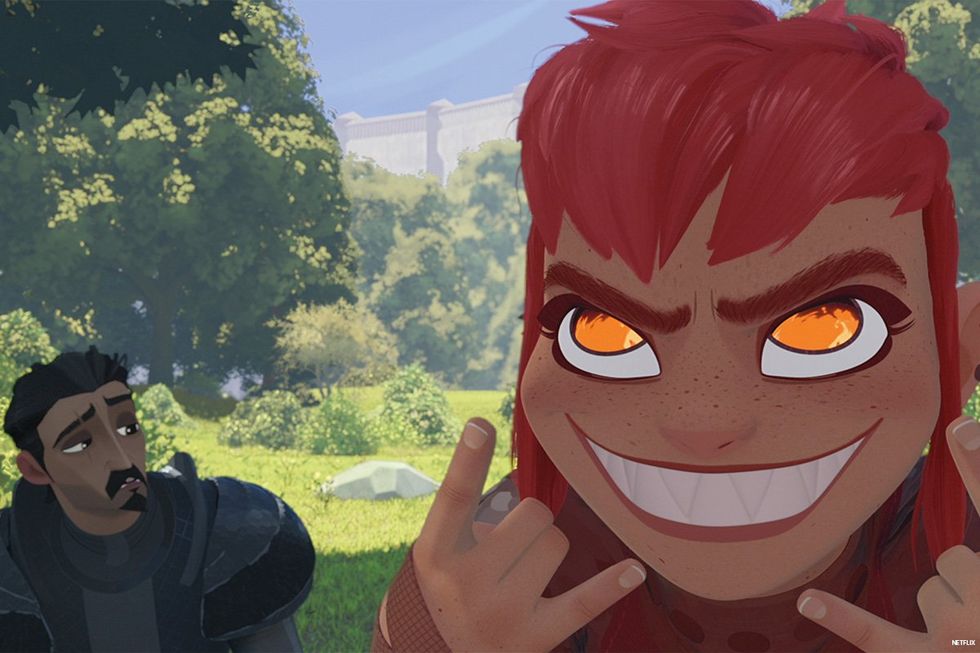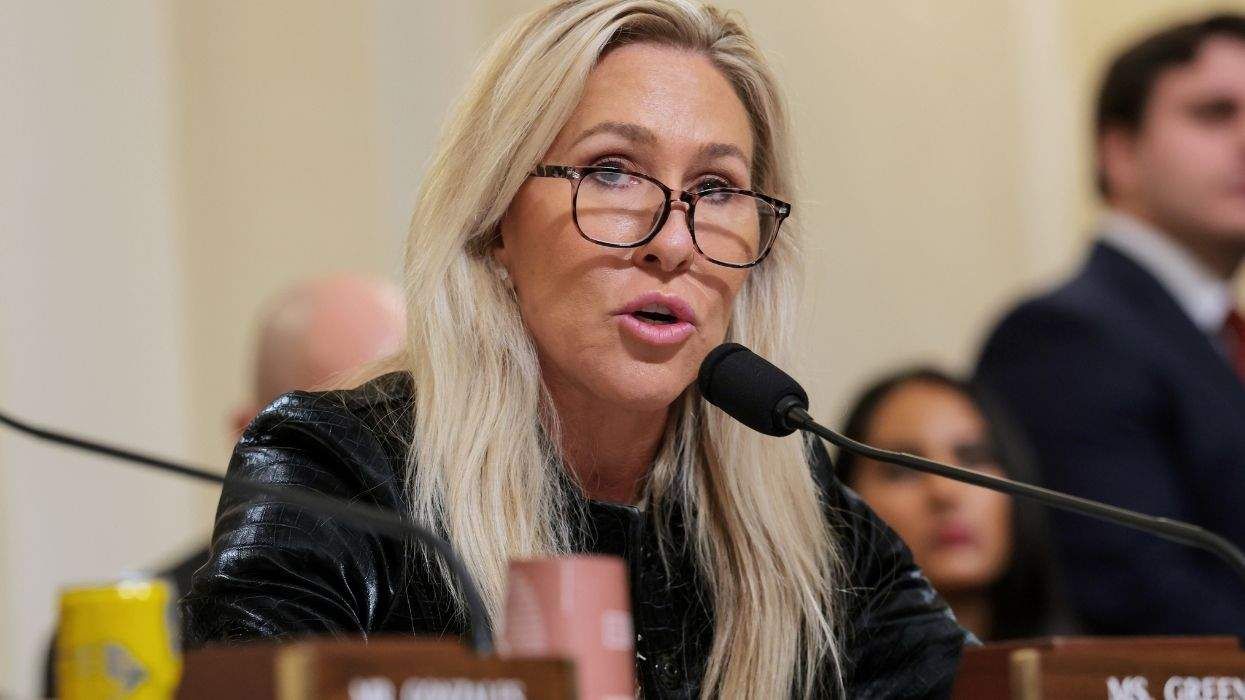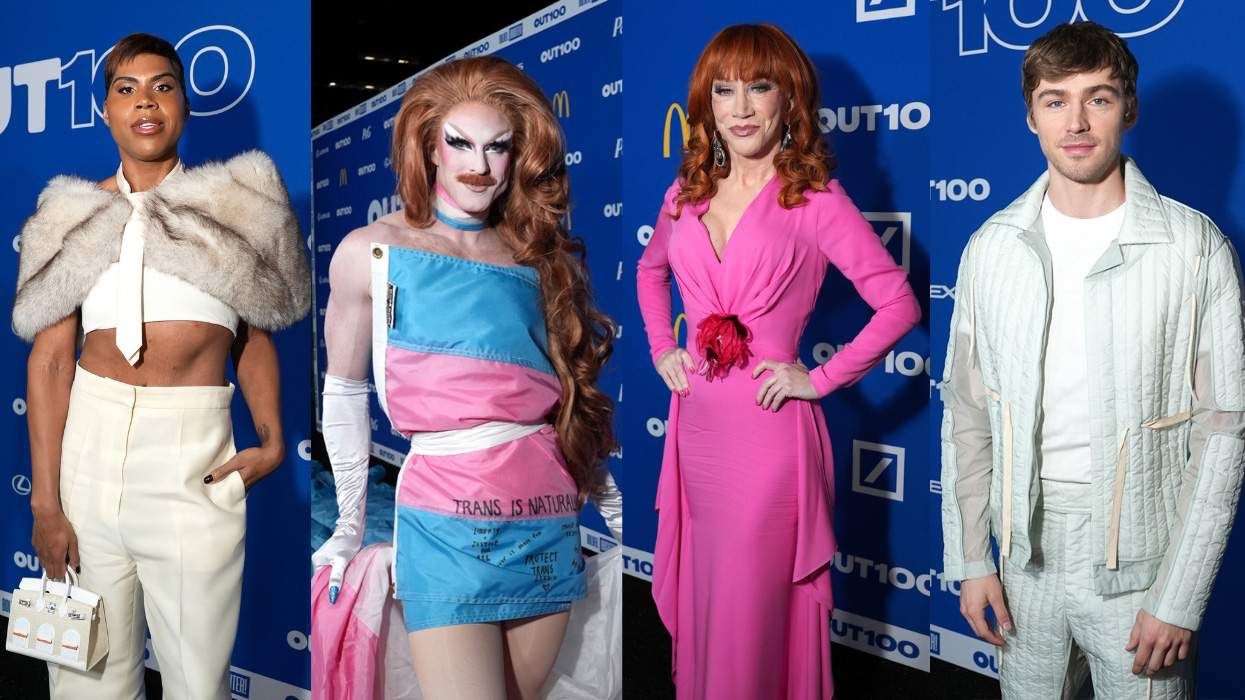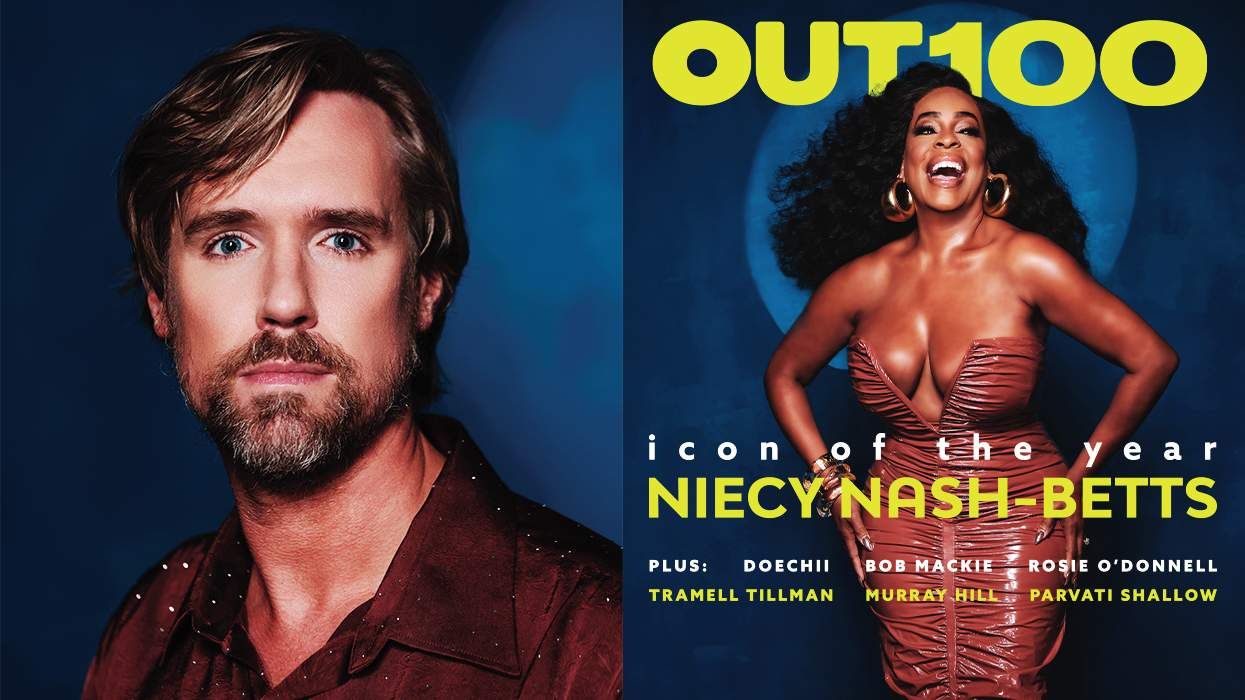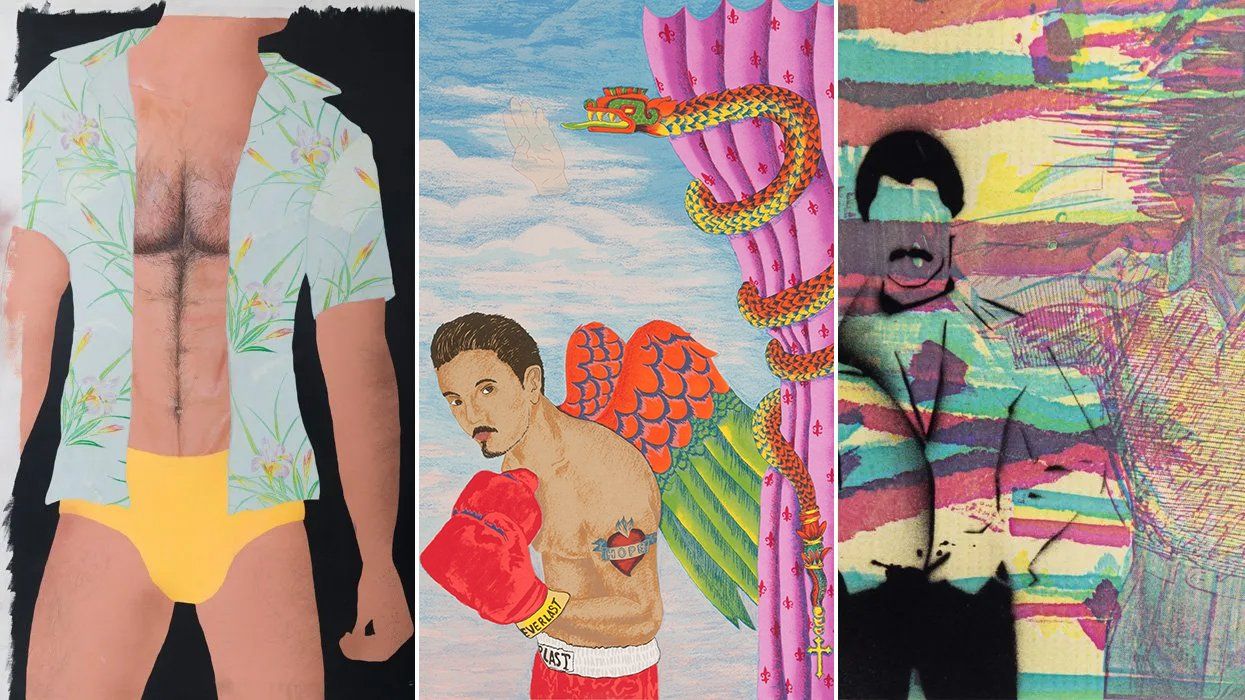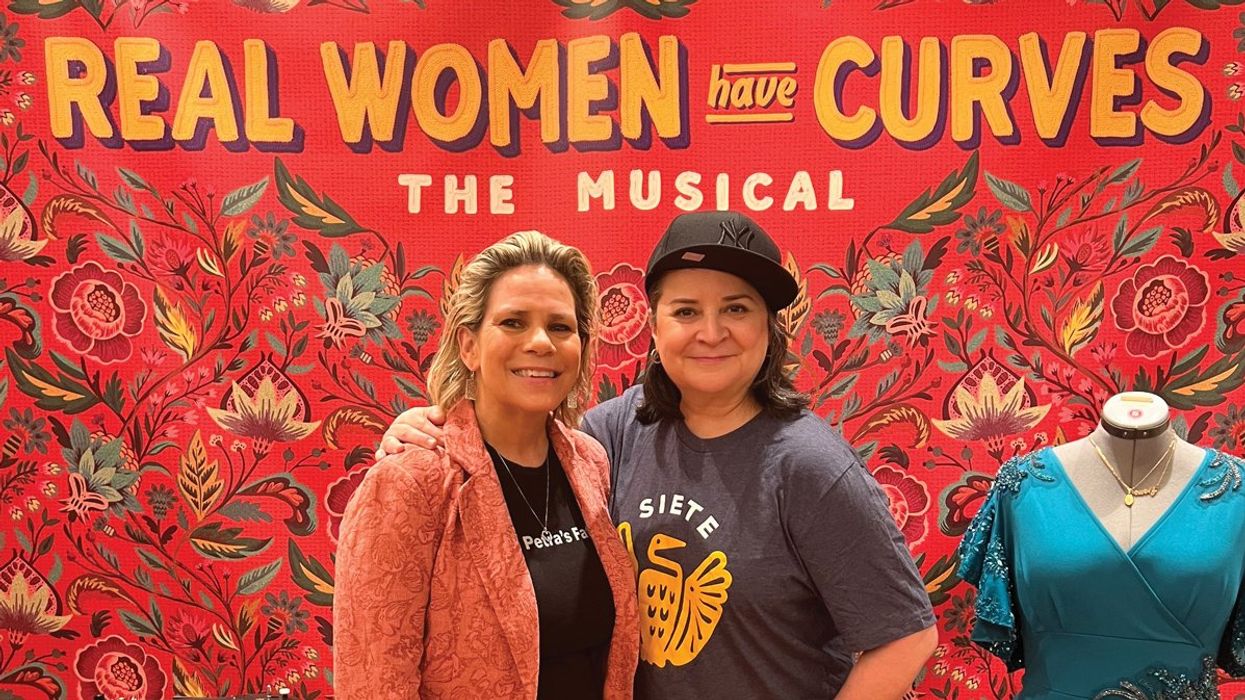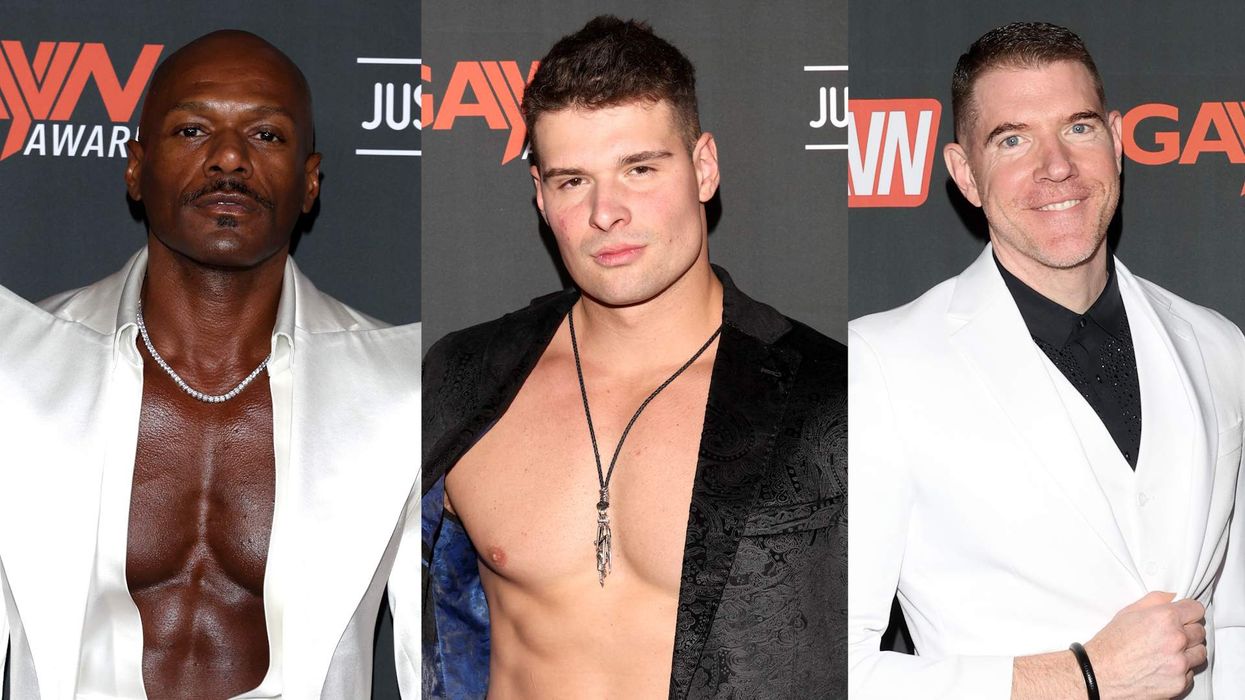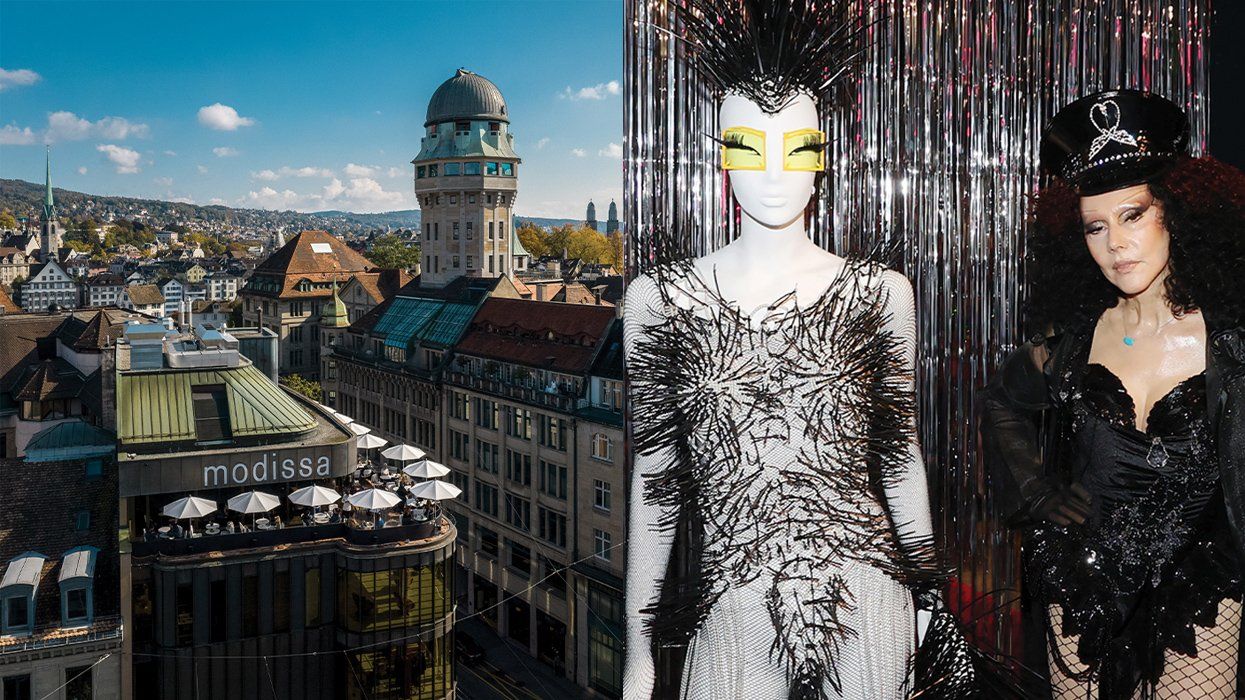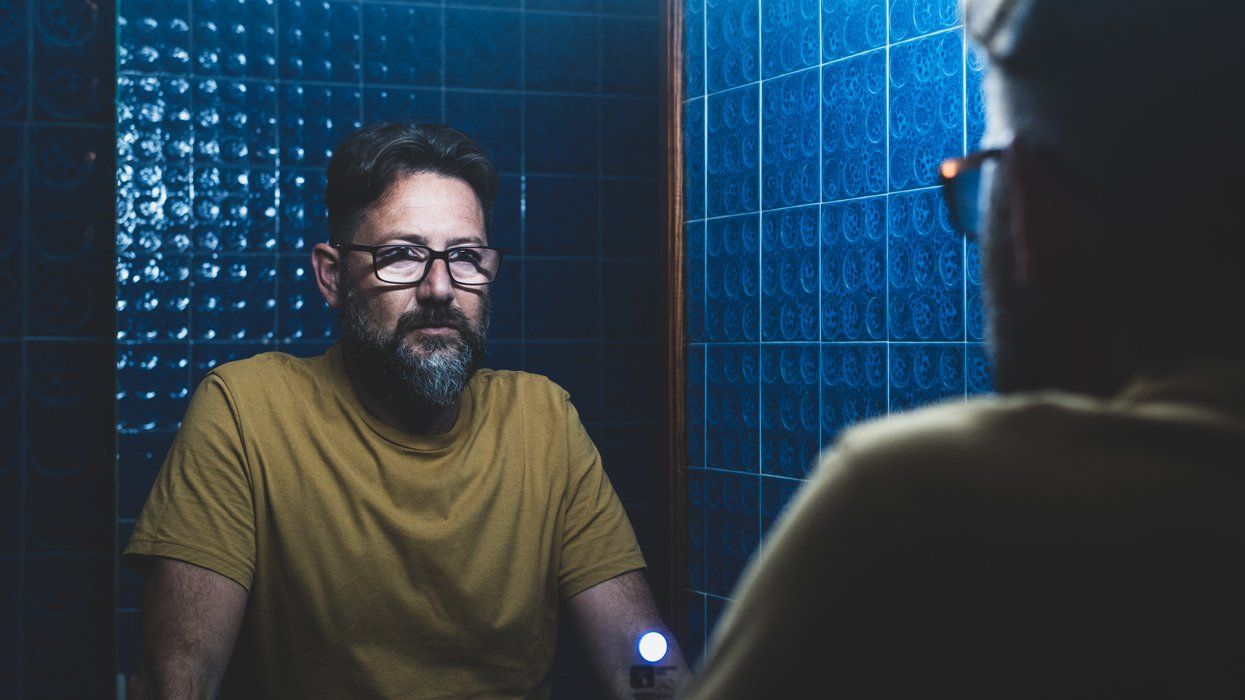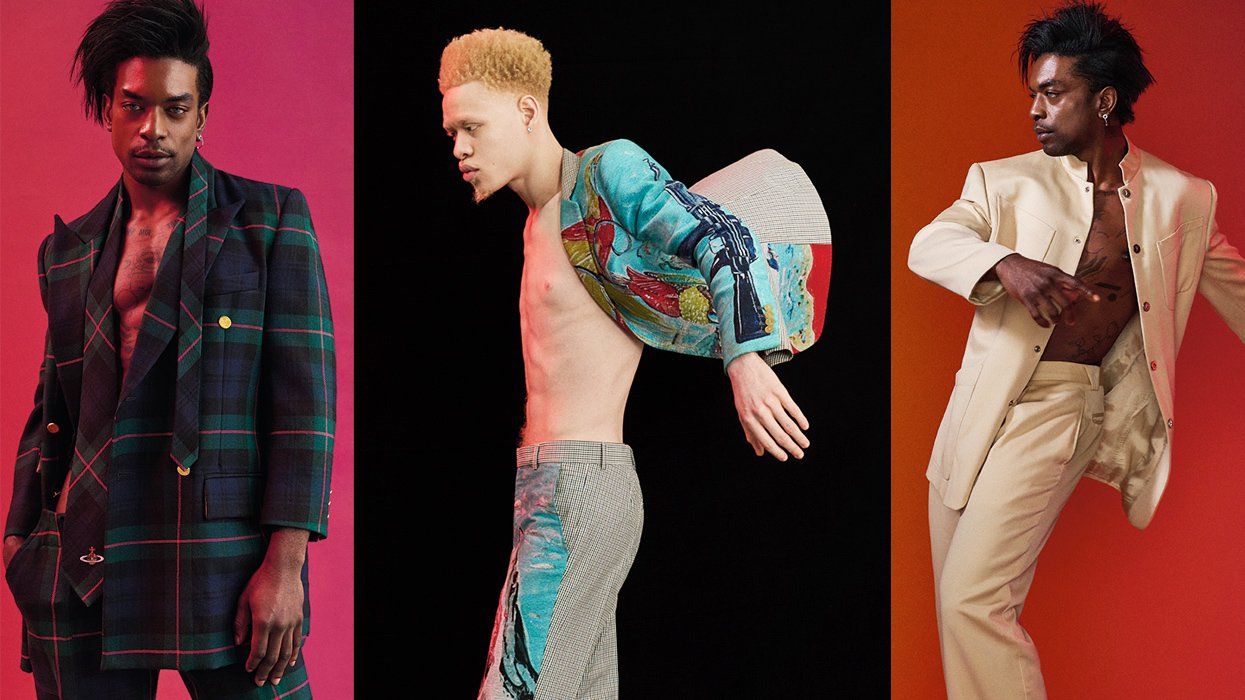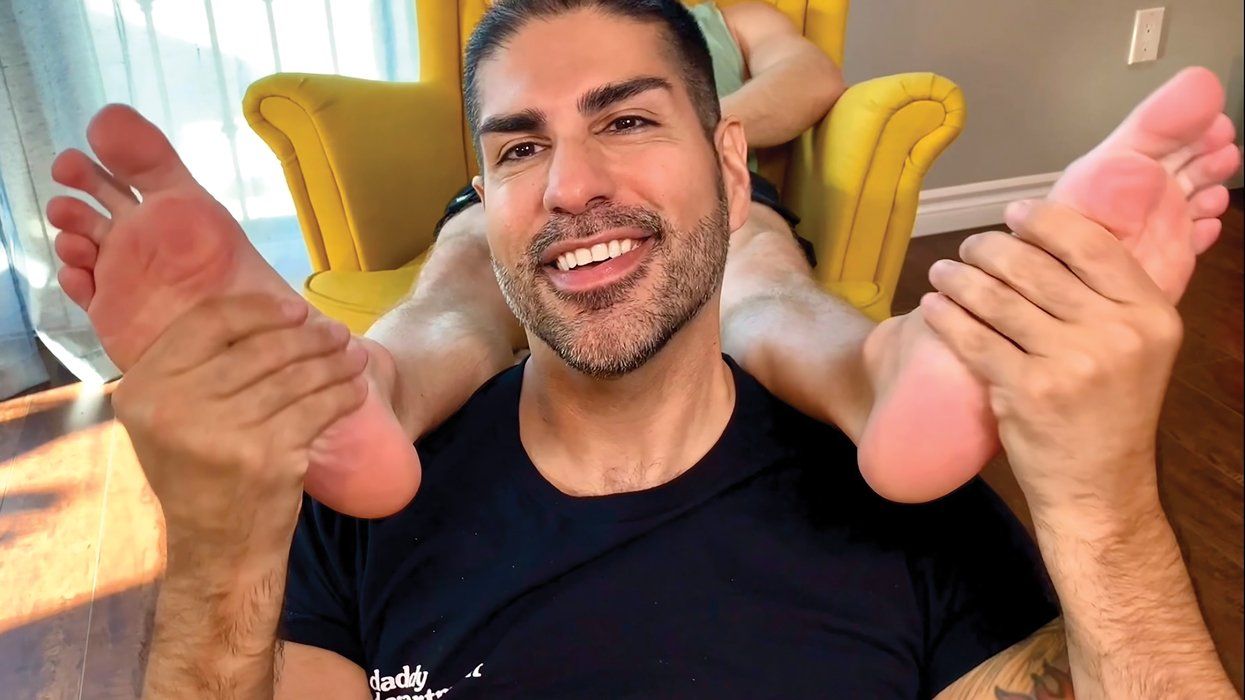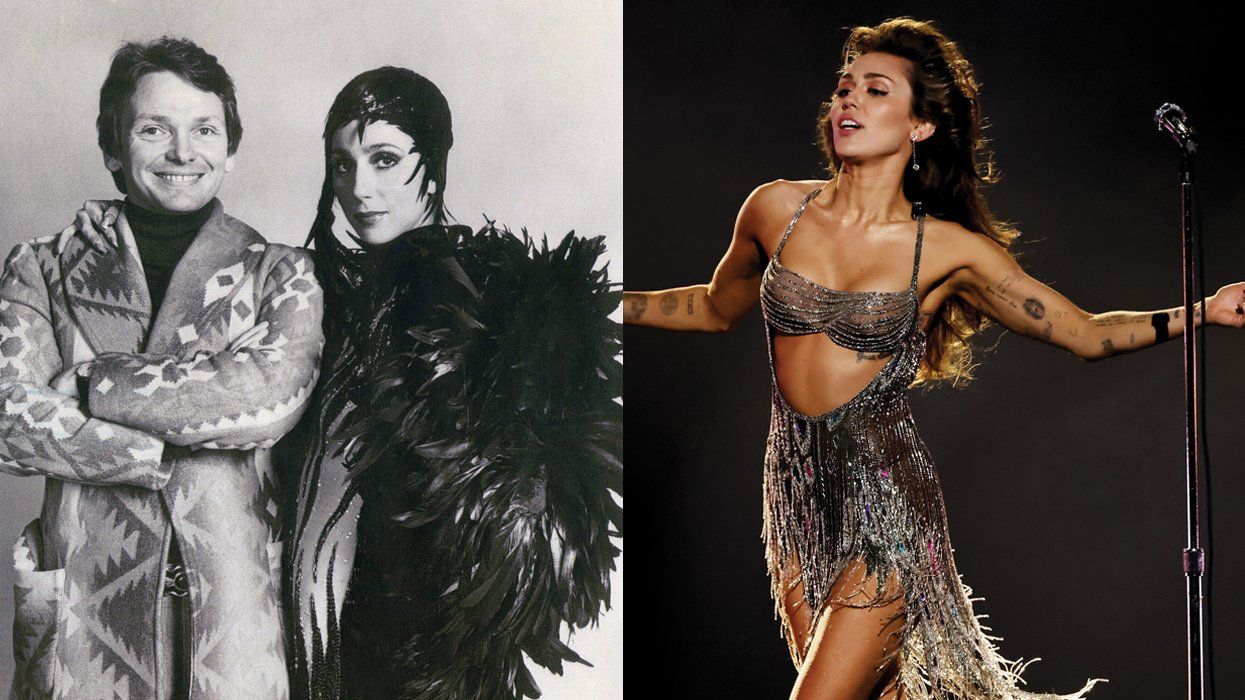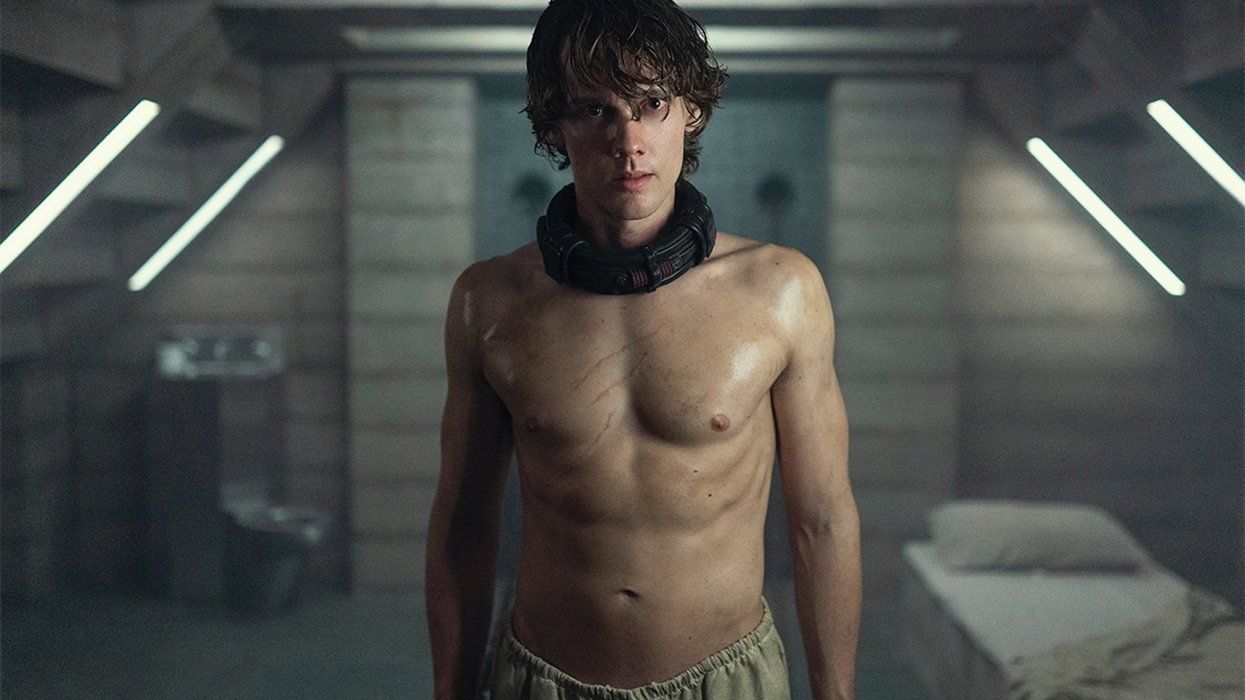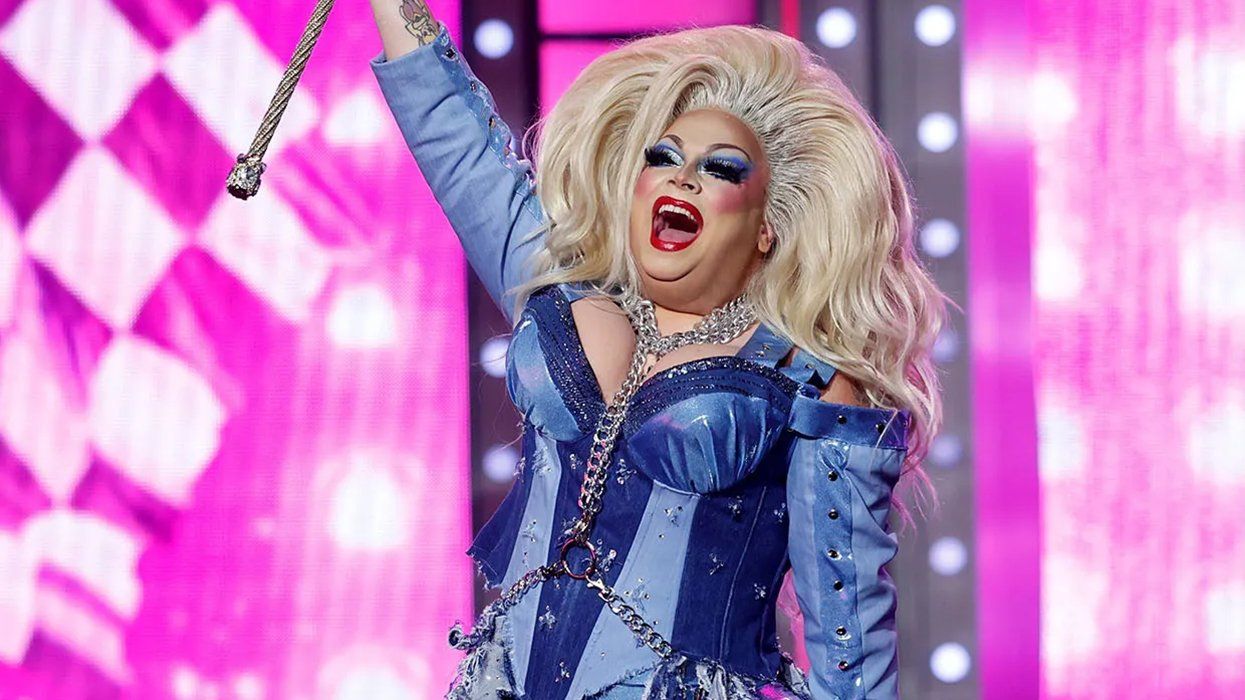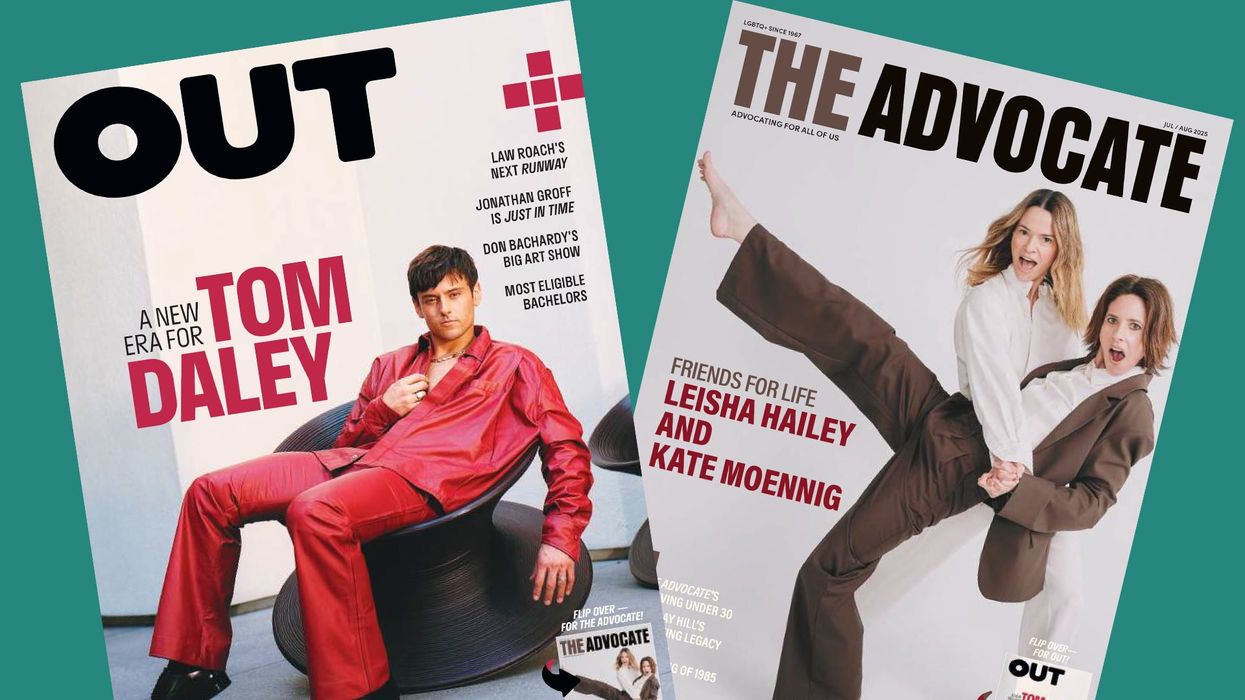In 2012, a teenage ND Stevenson (She-Ra and the Princesses of Power) started publishing a web comic, Nimona, about a shape-shifting girl who loved to cause chaos, question authority, and proudly be herself in the face of adversity. Now, after a decade and some studio-swapping between several creative teams, the story of Nimona is coming to life in a new animated movie on Netflix. The Annapurna Pictures production, directed by Nick Bruno and Troy Quane, promises not just eye-catching action, a beautifully realized techno-magical world, and obsession-worthy characters. It also has an empowering message for queer and trans youth that could not come at a better time.
Nimona follows Ballister Boldheart (Riz Ahmed), a former knight for the Institution — a law enforcement agency governing the fictional setting known as the Kingdom — after he is falsely accused of a crime. He reluctantly teams up with a teen shape-shifter, Nimona (Chloë Grace Moretz), to try to clear his name with the leader of the Institution as well as Ambrosius Goldenloin (Eugene Lee Yang), the knight he loves. In addition to Yang, there are a host of LGBTQ+ actors credited in Nimona, among them RuPaul, Indya Moore, and Julio Torres.
When Stevenson wrote Nimona, he hadn’t come out as queer or trans, but he says he was always drawn to the concept of shape-shifters and the way they can express multiple identities through one person. “Nimona is still Nimona,” he says. “She could be a whale or a dragon or shark or a cat, and she’s still Nimona. Just as she could be a girl or a boy or a woman or a man or anything else. All of these other parts are all factions of her. None of them are the end-all be-all of who she is. So that is kind of how I think of my own gender now. There is still some of that monster girl that I still hold very close to my heart.”
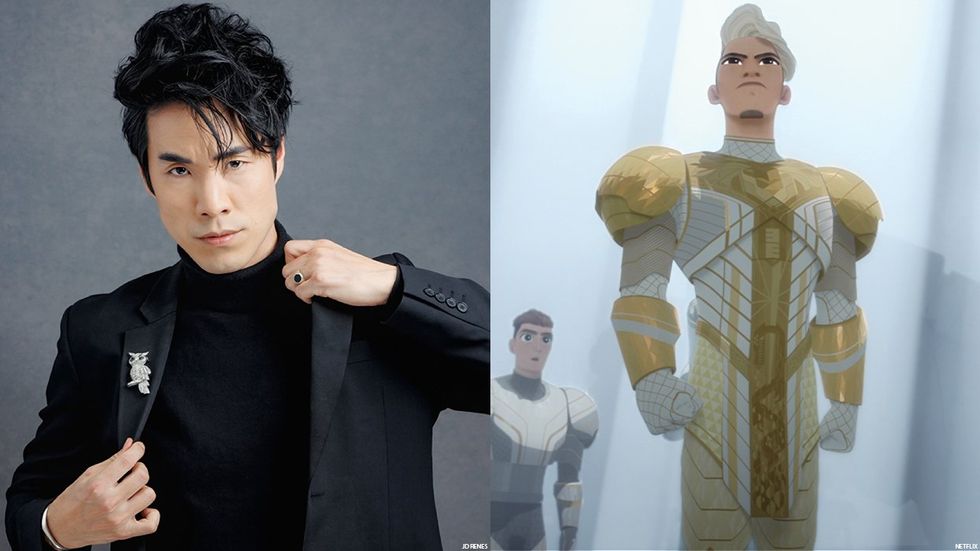
Yang also says he related to shape-shifters and monsters for a long time as a queer person. “Mystique [the morphing X-Men character] was my girl,” he smiles. “And what’s great about Nimona is that she feels most comfortable as her multiple forms. It’s not weird or extraordinary for her. It’s a natural, integral part of who she is, and she vocalizes that. And that’s the main takeaway I have, which is, it’s not just the shapeshifting, it’s centering the shape-shifter’s perspective.”
“I feel like the importance is that she is unapologetic with who she is, how the shape-shifting is part of her identity; it’s something you can’t remove,” he continues. “And that it is clear that when she reaches the bottom of the pit, you know that others have pushed her into it.”
Nimona’s fight against conformity is also one of Stevenson’s favorite aspects of the character. “She’s so often questioned like, ‘Everyone would be more comfortable, everyone would understand more if you tried to do something that was more palatable or more digestible for people who don’t get it,’” he says, “And that’s something I think that queer people deal with all the time: how to turn yourself into the most socially acceptable version of yourself so that you receive the love and acceptance that everyone needs.”
“It’s very radical to refuse that, to refuse to simplify yourself down or sand your own edges off or try to fit into some kind of framework that makes you make sense to other people,” he adds. “And I think that Nimona, she refuses to do that.”
While some aspects of the graphic novel have been changed to streamline the story and enhance the gay storyline (yes, the movie is more gay than the comic!), the emotional climax of the story — where Nimona changes into an uncontrollable and seemingly unstoppable monster rampaging through the city — remains, and it’s more powerful than ever.
In the film, Nimona has been told throughout her youth that her authentic self is a monster that should be feared, hated, and hunted. She’s even been branded as a danger to other children. These messages overwhelm her — so much so that she wants to end her life.
It’s a life-changing story for queer, gender-nonconforming, and trans kids in the real world right now, as they face right-wing political forces labeling them as monsters too. In addition to societal stigma, their ability to access health care, bathrooms, and their very humanity is under attack. Nimona faces a similar fight. The opposition to her starts with a friend and a few adults, but eventually, laws and institutions are put in place to make sure she can no longer be herself in public. Soon, an entire society is constructed with walls and weapons to prevent someone like her from ever existing again.
But when Nimona is forced to become her most monstrous, an act of love from a single person is all it takes to start healing. “It just takes one person to see you,” Yang says about the moment in the film. “It just takes one person for you to change someone’s life forever, to say, ‘I see you, I accept you, I love you.’ And sometimes the simplest ways to express something like that is the most effective. And I think if you take a mirror to our society, knowing that families today can’t even bring themselves to say the simplest thing, it’s the real tragedy.”
“It’s so small and intimate, and it really, then, I think, is a resounding condemnation of people who just can’t bring themselves to open up a crack,” he says. “It’s as simple as one person saying ‘I love you,’ and that’s what I hope parents and family members can take away from the film.”
Both Stevenson and Yang can’t wait to see Nimona Halloween costumes and hope that school playgrounds fill up with young shape-shifters and other monster kids this fall. And they hope the film resonates with one audience in particular.
“I especially hope that young trans people love it the most,” Yang concludes. “And I’ll shout that from the mountaintops. I think that the highest barometer of success for me is if one trans kid can say, ‘I really loved that movie, and I see a lot of myself in Nimona.’”
Nimona premieres June 30 on Netflix.
This article is part of the Out July/August issue, out on newsstands July 4. Support queer media and subscribe — or download the issue through Amazon, Kindle, Nook, or Apple News.




